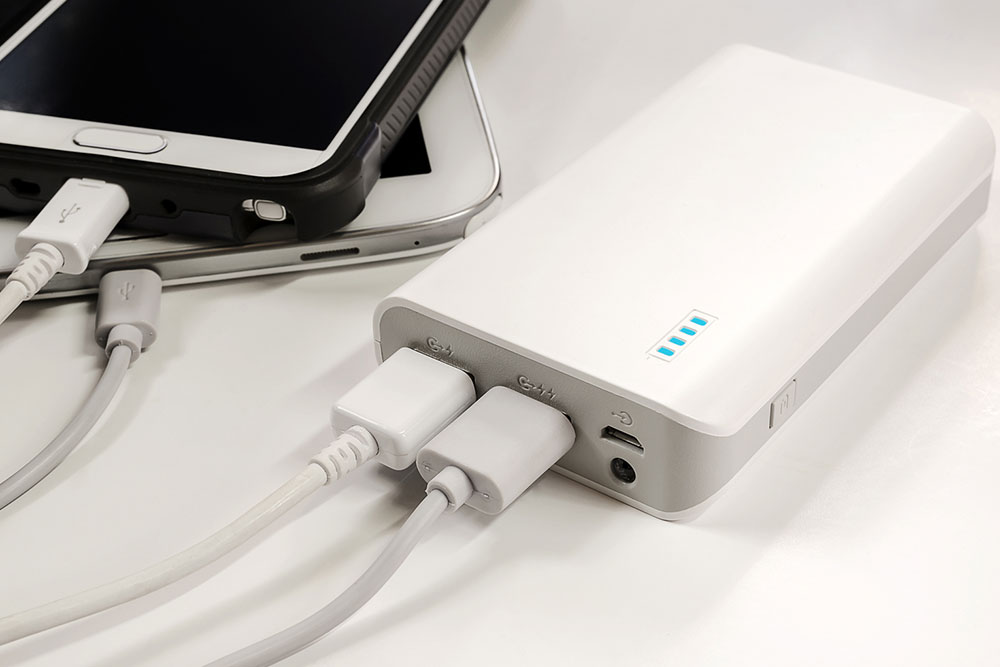6 common smartphone charging mistakes to avoid

Charging the smartphone has become such a mundane task in everyone’s life. However, many people don’t know that they could be making several mistakes while doing so, causing the battery to drain faster than it should and making the phone less efficient. Despite the task looking deceivingly simple, there is a lot that goes into perfecting technology. These nuances determine the charge cycles of one’s phone, determining the battery’s lifespan.
1. Leaving the charger in the socket
One of the most common mistakes people make with their chargers is letting them remain in the sockets. This plugged-in charger keeps drawing electricity, causing a significant rise in one’s energy bills. If the room is humid enough, this can also result in the transformer short-circuiting and catching fire. Always unplug the charger and stow it away when not in use to stay safe. This will help save on energy costs and keep the home safe.
2. Letting the battery die completely before charging it again
Today, all smartphones use lithium-ion batteries with a set number of charge cycles. Letting the phone’s battery die completely affects this cycle, impacting its longevity. To avoid this issue, don’t let the phone’s battery reach 0% before charging it. Try to maintain it between a 20% and 80% charge as best as possible.
3. Using a fake charger
All phones must have a name-brand compatible charger with which they must be used. Relying on generic, cheap, and fake alternatives can compromise the smartphone’s battery life. This could be because of the following:
- The fake charger draws too little or too much energy from the socket, causing overheating or slow charging.
- Generic chargers do not have special circuits inside them that cut off when there’s too much power to draw. This can cause overcharging or overheating, which could ruin the battery. This feature is generally available on name-brand chargers.
4. Using the phone while charging
It is best to leave the phone on charge. Using it while charging causes the battery to overstress as it handles multiple tasks simultaneously. This can cause overheating and impact battery performance over time.
5. Leaving the phone case on while charging
Another common reason the phone overheats is because of the phone case. Some phone cases do not have sufficient ventilation and end up trapping too much heat around the battery. The best solution is to remove the phone case before keeping the phone down to charge.
6. Relying on unknown battery apps
Many people download free battery apps to monitor their phone’s battery performance. This could be doing more harm than good. Unknown individuals or companies develop many of these applications, which could put the battery under more strain than usual.
Those keen on using a battery management application for their phones must look for a highly-rated app from verified sources. A good-quality app will work by shutting down the phone’s processes when they are not in use to conserve battery life. However, this is already a notable feature of many phones today, so having one may not be entirely necessary!

